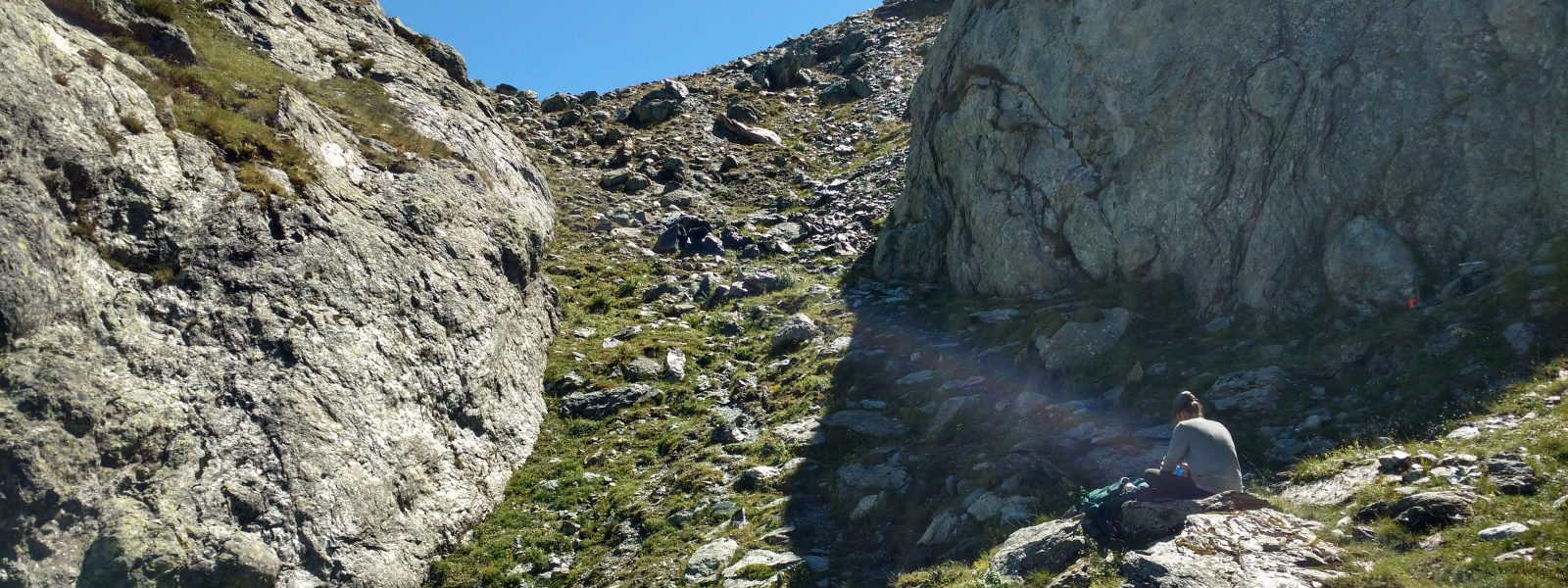Voltri Massif
44.479˚N 8.601˚E
The Voltri massif is an exhumed meta-ophiolite that consist of portions of subcontinental lithospheric mantle, oceanic crust (predominantly metagabbroic dikes and rodingites), and minor sediments that formed part of the Ligurian Tethys Ocean that formed during the Jurassic. In different parts of the Voltri massif, these rocks variably record snapshots of their tectonic history from initial mantle processes and seafloor spreading, subduction up to eclogite facies conditions, and a greenschist facies overprint during exhumation. The entire massif has been interpreted as a tectonic mélange, with most structures forming during subduction and exhumation.
Our primary research goals in the Voltri massif are to constrain the PT conditions and timing of prograde subduction and the composition and movement of fluids during subduction. Current projects involve using thermodynamic and geochemical modeling, garnet geochronology, Li isotopes, and fluid inclusions to answer these questions.

